Transform waste into energy
What is a waste-to-energy plant?
Waste-to-Energy plants burn MSW that could not be prevented or recycled.
From this waste the plant generates energy. This can be in the form of steam, electricity or hot water. The electricity is fed into the grid and distributed to the end-users. Waste-to-Energy is a hygienic method of treating waste, reducing its volume by about 90%, which requires fewer landfill sites. The Intergovernmental Panel on Climate Change(IPCC) says that “Compared to landfilling, waste incineration and other thermal processes avoid most GHG generation, resulting only in minor emissions of CO2 from fossil C sources.” Landfills usually release higher quantities of greenhouse gases, nitrogen oxides, dioxin, hydrocarbons, and non-methane organic compounds, as well as generate leachate. Leachate is the hazardous water coming out of all the waste accumulated, which poisons the underground water systems. As a comparison, landfills only allow organic decomposition, so nonorganic waste keeps accumulating.
Especially our Waste-to-Energy plant will emit low levels of pollutants. We comply with the latest European Air emission regulations and use sophisticated scrubbers, filters and our own innovative flue gas treatment system.
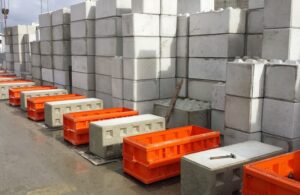
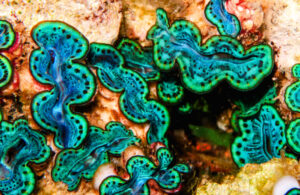
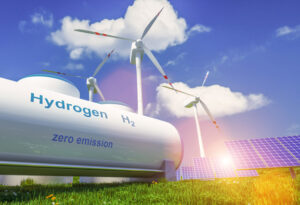


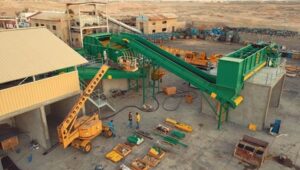
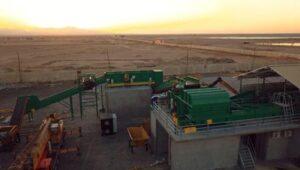
Waste hierarchy
The hierarchy ranks the various management strategies from most to least environmentally preferred. Most of a product’s impact is from extraction, production, transportation, and use, not simply its disposal, so refusing to buy a product in the first place is usually the most sustainable option.
Prevention
Prevention focuses on eliminating the amount of waste created from the source and refusing to buy materials with excess packaging. Prevention is the highest priority on the waste hierarchy and is the first step to reducing waste.
Reduce
Reduction involves minimising or eliminating waste by reducing the number of items bought, created, or used.
Reuse
Reuse refers to using an item in its original form again or using it as a different function. Some ways to practice reuse in your life include repairing damaged items, purchasing second-hand goods instead of buying new ones.
Recycling
Recycling is the process of collecting and processing materials that would otherwise be disposed of as waste and turning them into new products. Recycling also includes composting, as it involves converting organic matter into something new. Although recycling is an essential part of reducing the amount of waste one produces, it is also a lower priority on the waste hierarchy list. This is because it still involves creating materials and uses time and energy in the recycling process.
Recovery
Energy recovery is the preferred strategy when waste could not be prevented, and there are no options to reduce, reuse or recycle. After incinerating waste, the energy is fed into the grid, and the waste residue consists of ash which is only 10% of the initial volume. In some countries, this residue is used for cement or asphalt, which allows a WTE plant to be part of a circular economy.
Green hydrogen
Green hydrogen is seen as the fuel of the future. EGS is working on the first green hydrogen plant in Egypt, along the Red Sea coast. The hydrogen plant will run on 100% solar energy with smart and innovative energy storage technology for a 24-hour production cycle. The plant will have a capacity of 350-ton per year. Hydrogen is a clean fuel that, when consumed in a fuel cell, produces only water. The application of hydrogen will help us combat the worldwide challenge of climate change.
Enough sunlight reaches the earth in one hour to power the world for an entire year. Egypt enjoys an abundance of solar radiation. Average daily sunshine totals about 9 to 11 hours per day, with solar direct radiation intensity of about 2 000–3 200 kilowatt hours per square meter (kWh/m²) per year that can be utilised for power generation.
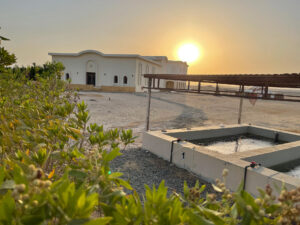

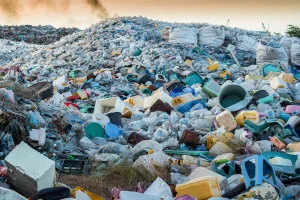
Aquaculture development
At the coast of Port Ghalib, a marine life centre is located, and on-site, there is a wet lab, museum and breeding house. All focused on education, breeding and restoring the Tridacna Maxima population in the Red Sea. The breeding farm is led by Dr Mahmoud Hanafy, an eminent Marine Biologist, member of the HEPCA board and Professor at the Suez Canal University. In 2021, the breeding site was renovated. Ten new fibreglass tanks were installed together with new pumps, blowers, pergola and a tank reservoir to triple the wet lab capacity. About the site:
- Different experiments are carried out at the wet lab to discover more and more about marine life and specific species such as Surgeonfish, clamshells and Sea cucumbers.
- The Red Sea Wonders Museum is a true gem! The museum aims to introduce the ecosystem and biodiversity of the red sea and the culture of the Bedouin community by using interactive technology, which makes it fun for everyone.
- The breeding house is focused on the reproduction of Tridacna Maxima. With the experience and knowledge of Dr Mahmoud Hanafy, the process has improved, and a more optimal situation is created.
Lego blocks
The basis of most real-estate projects is concrete. Not all concrete delivered by a truck can be utilised in one day. Therefore, residue concrete is dumped in the desert. To preserve the desert and concrete to be wasted, it can be mould into lego blocks. Lego blocks that were initially only made for heavy-weight walls have become real design elements. Using structured matrices and ready-made lifting technology, they offer many possibilities around the house, courtyard and garden – starting with pure retaining walls and raised beds to garden furniture.
To move the blocks easily and securely in place, ball head anchors made of galvanised steel are concreted with universal head coupling and a chain sling. If you want to carry out this work yourself, you can borrow these couplings from us or purchase them if you use them more often. The lego blocks are reusable and renewable.
